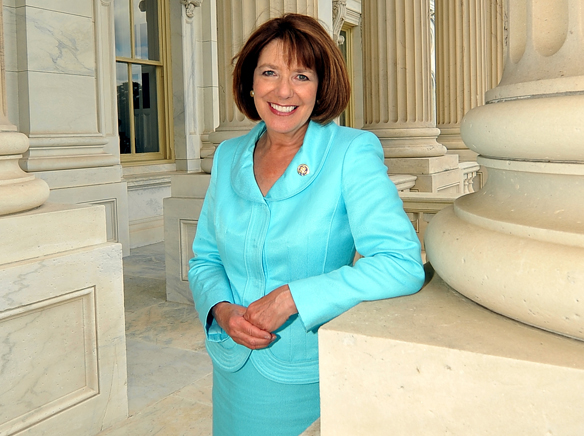Congresswoman Susan Davis has immediate concerns for the area she represents in the nation’s capital, and for good reasons.
Congresswoman Susan Davis has immediate concerns for the area she represents in the nation’s capital, and for good reasons. Weather pattern analysts informed the Congresswoman that ocean temperature readings, sea levels and corollary conditions indicate that the upcoming rainy season of early 2016 is highly likely to be much wetter than usual, because of the El Niño weather phenomenon. Moreover, the confluence of environmental systems aligning under the Pacific Decadal Oscillation (El Niño) suggests that the next few months will bring five times the likelihood of a very wet winter.
Davis brought together experts from Scripps Institute of Oceanography and Federal Emergency Management Agency to brief local residents about the probability of looming trouble and how to prepare to mitigate those probable problems. Expectations include tidal flooding, mudslides, debris runoff and other excessive storm weather conditions. Held on Nov. 12, at the Parma Payne Goodall Alumni Center at San Diego State University, the event attracted a full house of listeners to receive advice on preparedness procedures.
Better safe than sorry is the watchword, better prepared than unready and at risk. Predictive sciences are probabilistic and uncertain. But the underlying elements, including a large buildup of warm ocean water, are already forming for a repeat of the El Niño effects of 1997-1998, which caused losses amounting to $800 million. The dangerous conditions are expected to continue developing over the Thanksgiving through Christmas holiday season, peaking in early 2016 and terminating with the end of the wet season in April. The warning is to expect and prepare for a “conveyor belt” of storms.
The San Diego City Council responded to these concerns, on Monday unanimously declaring a local state of emergency to aid and speed preparations for El Nino.
FEMA’s counsel is to prepare now. Check and clean out drains, to ensure excessive rain runoff does not flood adjacent property. Assess any area’s flooding risk from data at floodsmart.gov, and find information there about flood insurance coverage. Pay particular attention to areas damaged by recent fires, as those are especially susceptible to flooding. Develop an emergency plan for family members from guidelines at ready.gov.
Adherence to general disaster preparation planning is further advised. Keep a stock of seven or days of food and water. Everyone should maintain an up-to-date emergency kit at home, at work and in cars. Kits should contain a flashlight, batteries and first aid supplies. Emergency cash should be kept in the wallet. The family transportation vehicle should have a tank of gasoline. Alternate travel routes should be familiar, if usual travel paths are disrupted.
Local government agencies will report whether normal water supplies are safe for drinking. Power outages may occur. Communications may be problematic. Everyone should stay as informed as possible of ongoing weather hazards. Plug-in landline phones are most reliable and come back online first after disasters take down normal telecommunications systems. Each family’s communications hub should rely on a centralized contact phone number and an agreed-on meeting location for any emergency evacuations.
Frail seniors, persons with disabilities, families with infants and young children, and families with pets should take extra precautions and have on hand added supplies, based on their additional needs. However, everyone is advised to know beforehand the locations of local government disaster shelters if the need arises to flee flooding waters.















GREAT Post.thanks for
GREAT Post.thanks for share.more wait
Your place is valueble for
Your place is valueble for me. Thanks!